28+ Sample Detailed Organizational Charts
-
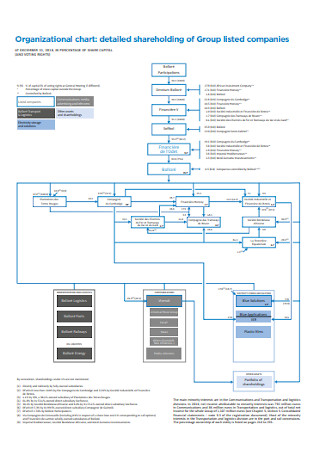
Company Detailed Organizational Chart
download now -
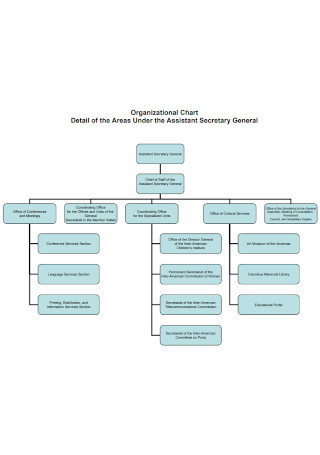
Secretary Details Organizational Chart
download now -
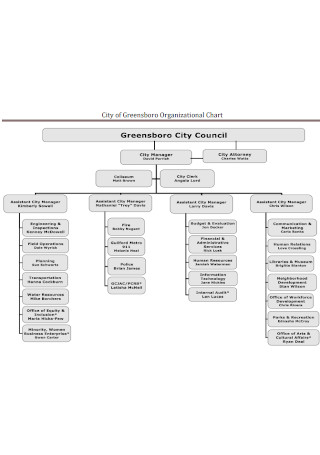
City Detailed Organizational Chart
download now -
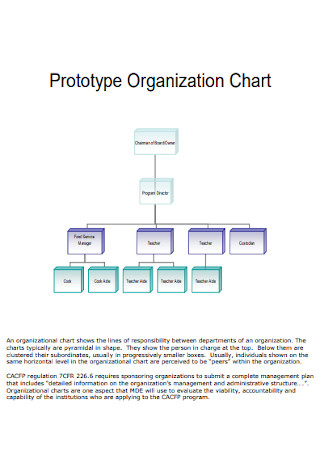
Detailed Prototype Organization Chart
download now -
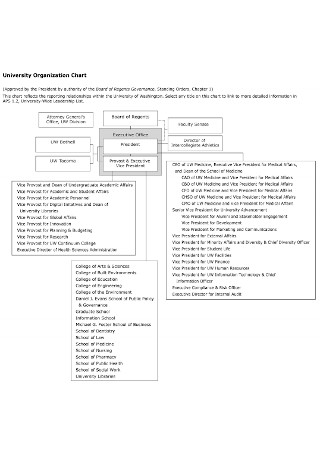
University Detailed Organizational Chart
download now -
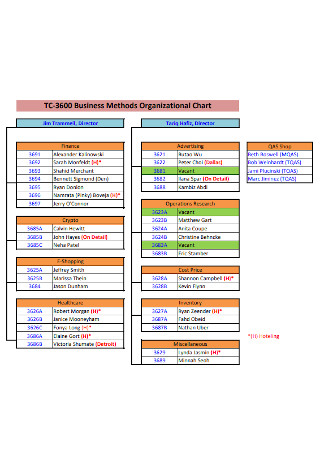
Business Detailed Organizational Chart
download now -

Sample Detailed Organizational Chart
download now -
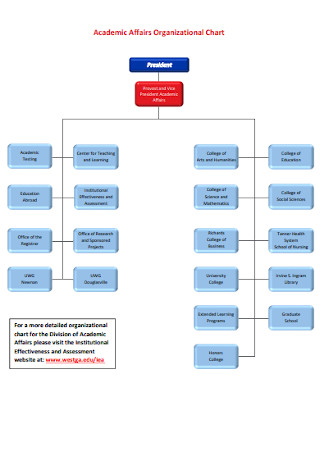
Detailed Academic Affairs Organizational Chart
download now -
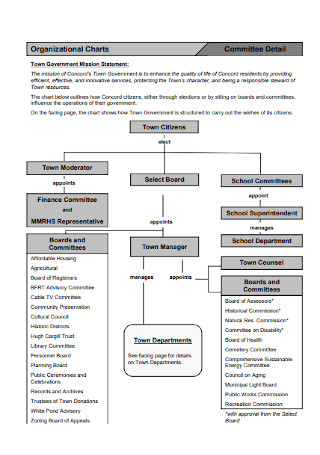
Committee Detail Organizational Charts
download now -
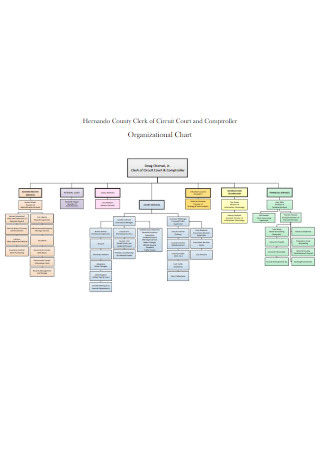
Detailed Organizational Chart for Comptroller
download now -

Basic Detailed Organizational Chart
download now -
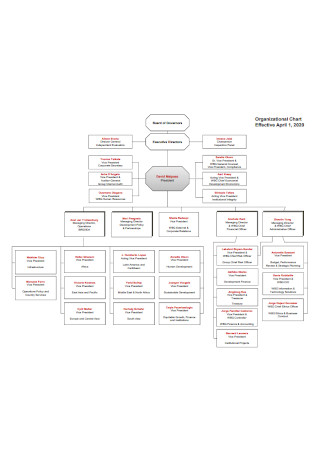
Directors Detailed Organizational Chart
download now -
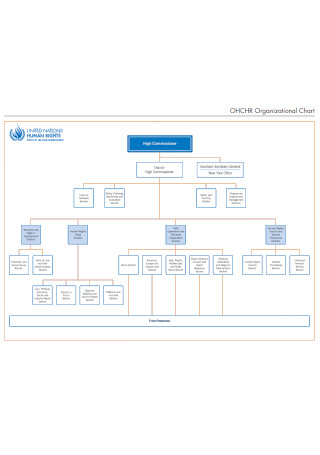
Standard Detailed Organizational Chart
download now -
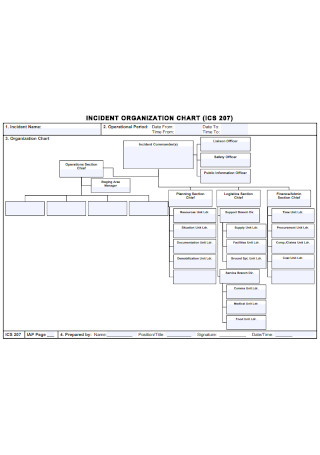
Sample Incident Detailed Organizational Chart
download now -
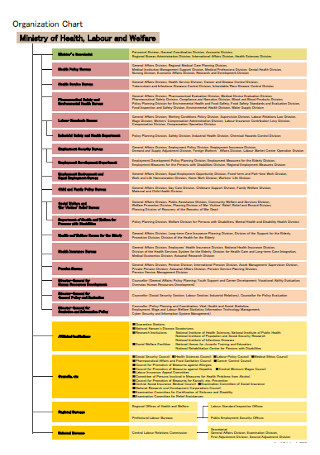
Health Detailed Organization Chart
download now -
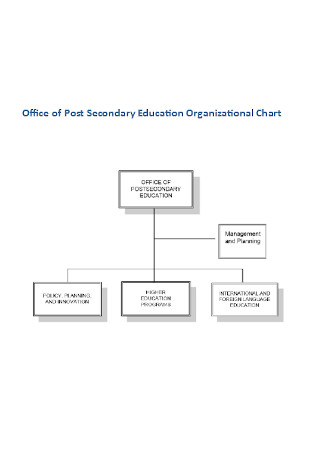
Education Organizational Chart
download now -
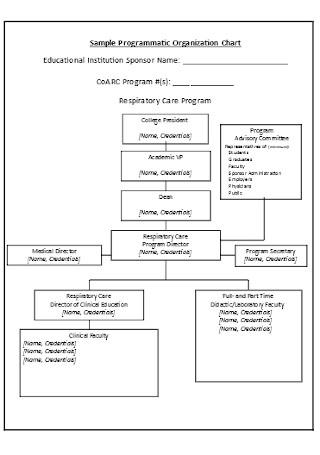
Sample Programmatic Organization Chart
download now -
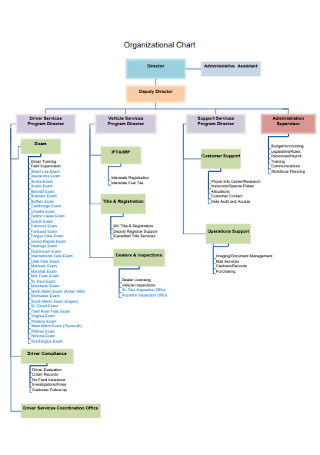
Vehicle Services Details Organizational Chart
download now -

Taxation Details Organizational Chart
download now -

Basic University Organizational Chart
download now -
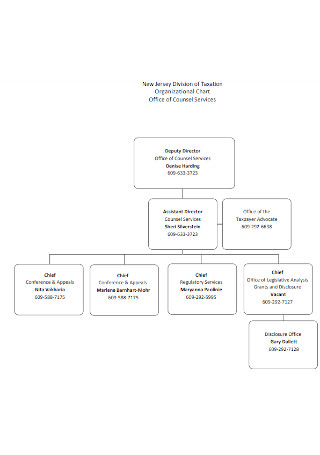
Division of Taxation Organizational Chart
download now -
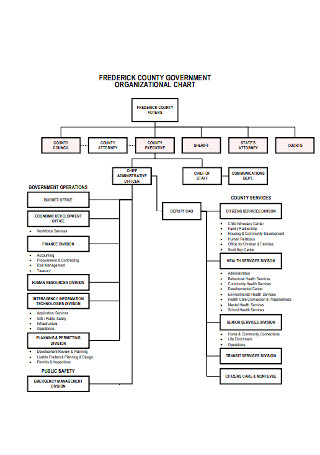
Government Details Organizational Chart
download now -
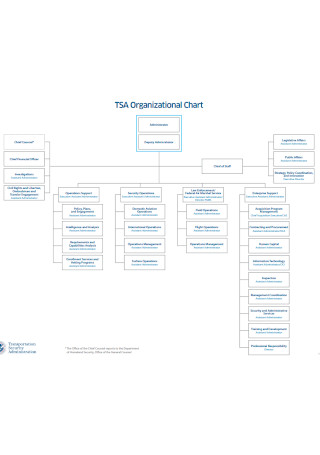
Detailed Organizational Chart Format
download now -
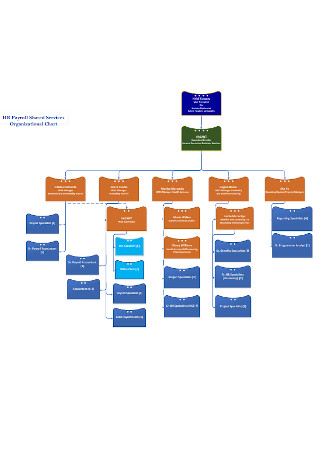
Payroll Services Organizational Chart
download now -
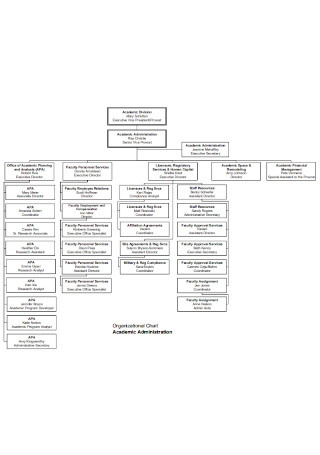
Academic Administration Organizational Chart.
download now -
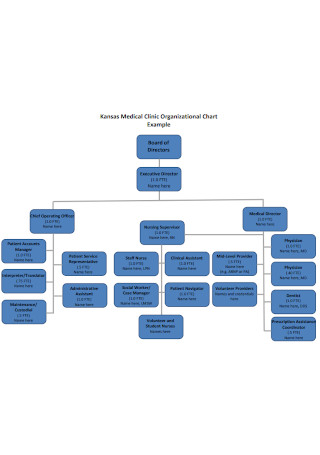
Medical Clinic Details Organizational Chart
download now -
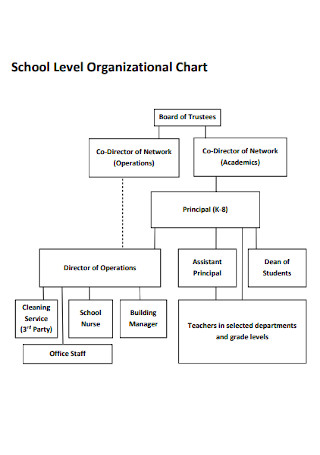
School Level Organizational Chart
download now -
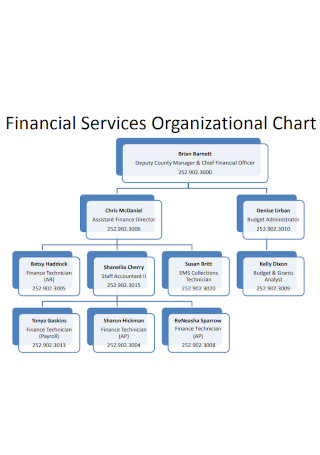
Financial Services Organizational Chart
download now -

HR Detailed Organizational Chart
download now
FREE Detailed Organizational Chart s to Download
28+ Sample Detailed Organizational Charts
What is a Detailed Organizational Chart?
An Example of a Detailed Hierarchical Organizational Chart
How To Create a Detailed Organizational Chart by Using Word
FAQs
What are the advantages of making a detailed organizational chart?
How do you update an organizational chart?
What are the obligations of every board member?
How many board of directors should a company have?
How long should be the term of a board member?
What is a Detailed Organizational Chart?
A detailed organizational chart is a schematic representation of a business’s internal arrangement. It details the relationships, responsibilities, and roles of workers within a company. You can also call an organizational chart as an organization chart or org chart. An org chart visually displays the hierarchical status of employees with other individuals who are also part of the company. According to Investopedia, you can create organizational charts using three common formats: hierarchical, flat, and matrix. The hierarchical format is the most commonly used model among the three, which we will discuss further in the next section of this article.
The flat format or also referred to as a “horizontal” chart, is a type of diagram that places employees on one level, indicating equality in authority and freedom in decision-making. The matrix format is a more complex organizational outline because it groups people according to their general skill-sets. For example, a graphic designer has two projects to complete, one is with his regular team leader, and the other with their project manager.
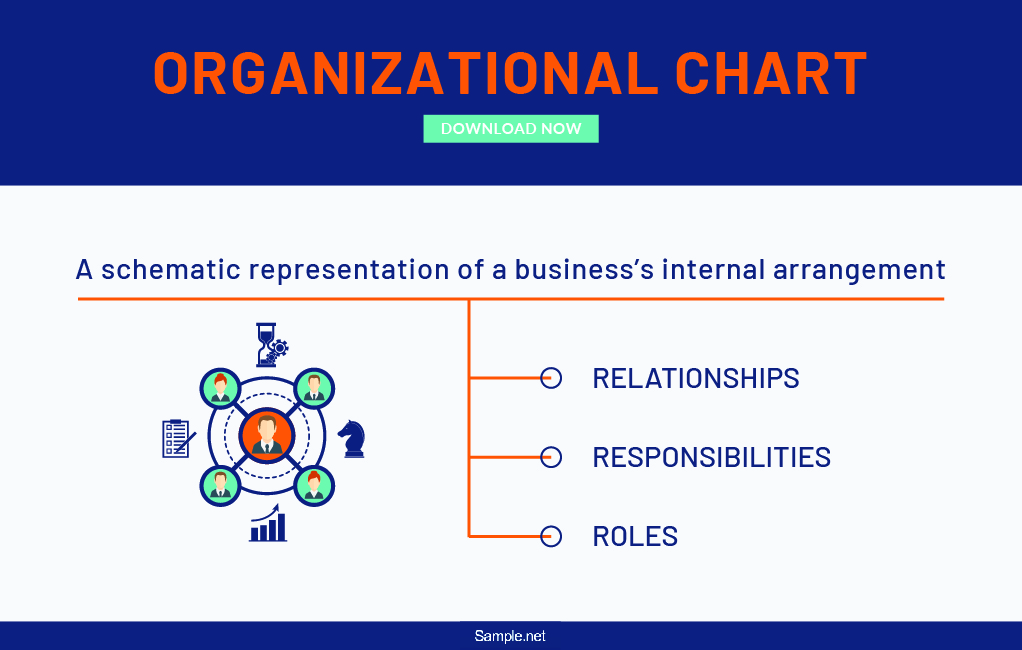
An Example of a Detailed Hierarchical Organizational Chart
The hierarchical structure positions the high-ranks above the diagram and situates the lower-ranks under them. Here is one example of a hierarchy, along with every individual’s job descriptions.
How To Create a Detailed Organizational Chart by Using Word
Ever since technology advanced, people can make detailed organizational charts, not only with their pens and papers but also by using word tools in their computers. The following are steps to create an org chart with the help of Microsoft Word:
Step 1: Click Insert SmartArt in your Word Document
Open Microsoft Word and click the Insert tab. Choose the word SmartArt to see the Graphic Menu. On the left side, you can see the word hierarchy. Now, you can select the template that you want to use as a diagram.
Step 2: Enter the Right Text that Belongs to Each Shape
After choosing a template, a pop-up menu will appear. Next thing you do is to enter the right text that belongs to each shape. Every shape represents an executive or an employee that belongs to the structure. Note that you still have to organize the information you have before you create an org chart, to ensure its completeness.
Step 3: Organize Your Chart According to Hierarchy
Remember that the purpose of an organization chart is to clarify the organization’s structure, specifically the “chain of command.” An org chart must determine who is under whom to prevent confusion in the company’s overall function. To put someone on top using Microsoft Word, you can press the Tab key right after you click an employee’s name on the text box. To place someone below, click the keys Shift and Tab together.
Step 4: Add or Delete Shapes
Most templates in Word come in five shapes, but if you have a large company, you will need more than that. To put on additional shapes, click the tab SmartArt Tools Design, then select Add Shape. By doing that, it will be easier for you to control where you want your shapes to be.
Step 5: Finalize Your Detailed Organizational Chart
To finalize your org chart, you can choose the fonts, sizes, colors, and shapes according to what you think is best. Make your detailed diagram simple and easy to understand. Choose colors that will make the fonts clear for your employees. Remember that you are making an org chart to maintain order in your company.
FAQs
What are the advantages of making a detailed organizational chart?
The following are reasons why a company should have a detailed org chart: (1) It defines reporting relationships. An org chart will show a worker to whom he/she reports and who also reports to him/her. This will prevent confusion between employees because it also displays who supervises whom. (2) It controls the extent of management. It is normal for the organizational chart to change over time when the company grows. In a company with only four employees, you will expect all members to report to the owner himself/herself. When a business expands, the number of employees also increases. Therefore, an org chart will keep and control the number of employees who will report directly to the CEO. (3) It makes project planning easier. Managers use the org chart to divide a large project into simpler tasks. Then, they choose workers who will be responsible for completing every task.
How do you update an organizational chart?
You cannot directly edit a company’s org chart. The diagram will update itself once there are real changes in the structure depending on the decision of the top management. For example, to transfer a full-time employee to another position in the structure, the higher ranks must first decide to move that employee to a new manager.
What are the obligations of every board member?
The following are general duties of board members as individuals: (1) attend every committee and board meeting, (2) know the mission, policies, programs, and services of the company, (3) review the agenda prepared by the chairperson before attending the meeting, (4) contribute finances to the business, (5) market the business organization, (6) nominate potential board members, (7) keep an update about organizational developments, (8) obey all the policies written in all contract signed, and (9) review the company’s financial statements.
How many board of directors should a company have?
This depends on the organizations’ needs. To determine the number of directors your company needs, consider the following factors: (1) The board needs enough expertise to achieve its mission, (2) If the number of directors is not enough, the tendency is for members to overwork and be unproductive, and (3) If the number is too much, each member may have lesser chances of participating actively.
How long should be the term of a board member?
There are no rules that exactly decide on that matter. Most organizations limit the term of their board members to only two successive terms and may require one to rest for a year before shareholders appoint him again. Some companies change almost half of their board members every two years.
A detailed organizational chart serves as a guide for all company members, for executives and employees. It helps a company maintain its order as a whole. Without one, a business organization will have a hard time reaching its goals.
